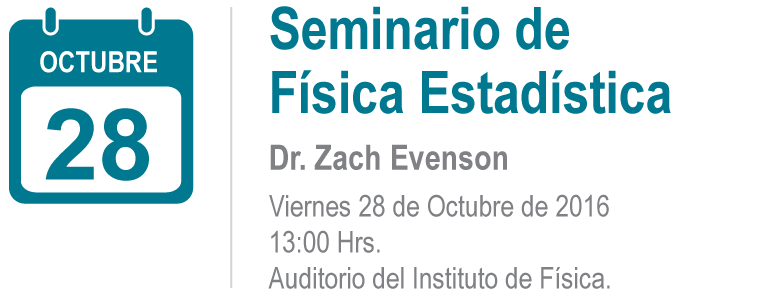
Procedencia: Technische Universität München
Resumen:
How do metallic glasses form out of viscous melts and what dictates their
stability in the glassy state? The freezing of a metallic melt into a bulk
glassy alloy is accompanied by a dramatic slowing down of the atomic dynamics.
At high temperatures, packing effects and chemical short-range order govern
the transport of atoms and can greatly enhance the glass-forming ability. We
probe structural relaxation in these complex liquid alloys on picosecond time
scales using quasi-elastic neutron scattering. I will discuss our recent
progress in this area, specifically on the time-of-fight spectrometer TOFTOF
at the MLZ in Garching. Additionally, in combination with state-of-the art
container-less processing techniques, such as electrostatic levitation, we
gain unprecedented access to the dynamics of viscous metallic liquids directly
on the microscopic level.
During cooling, the structural relaxation processes slow down over some 14
orders of magnitude, marking the dynamic precursor to structural arrest and
vitrification. In the glassy state, tracking the ultra-slow dynamics on the
atomic length scale is made possible by using the technique of x-ray photon
correlation spectroscopy, available only at third-generation synchrotron
sources such as the ESRF in Grenoble. I will present our recent contributions
to this field, focusing on the first direct reported experimental observations
of intermittent atomic motion in a metallic glass. This suggests a very
complex microscopic mechanism of aging, which has not been accounted for in
any previous theoretical and experimental studies and calls for a frank
re-evaluation of how we envision structural relaxation in metallic glasses.










